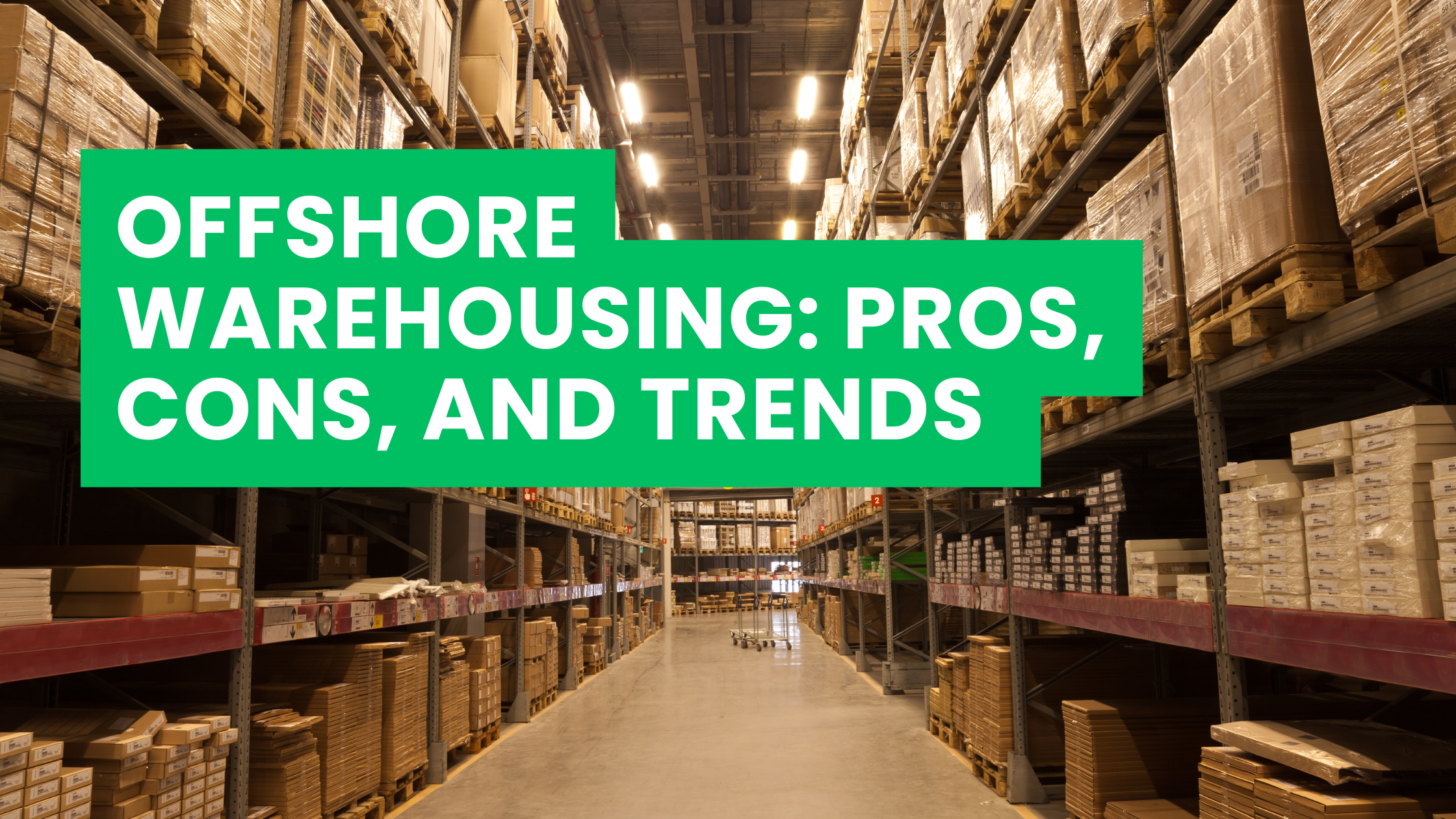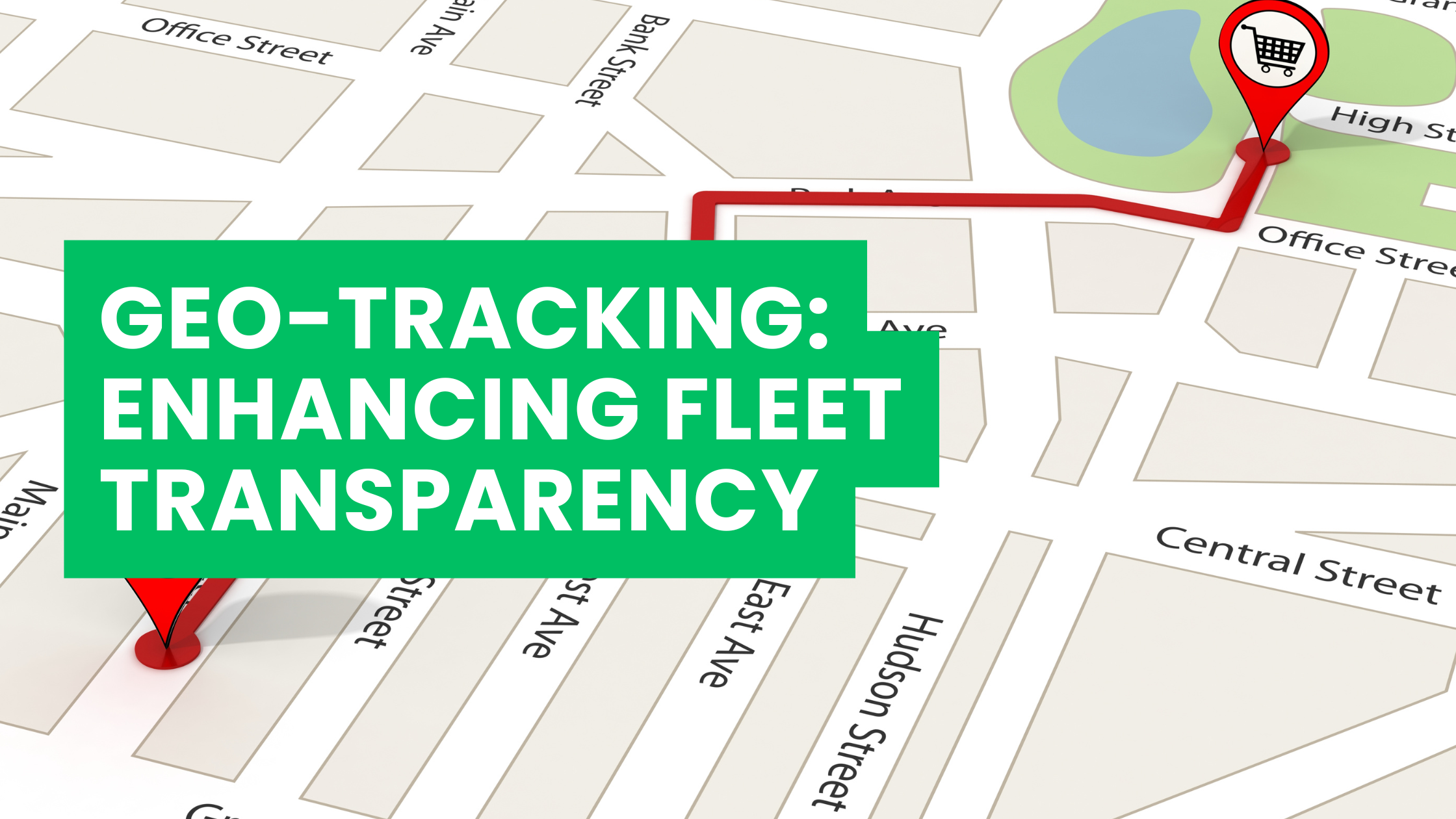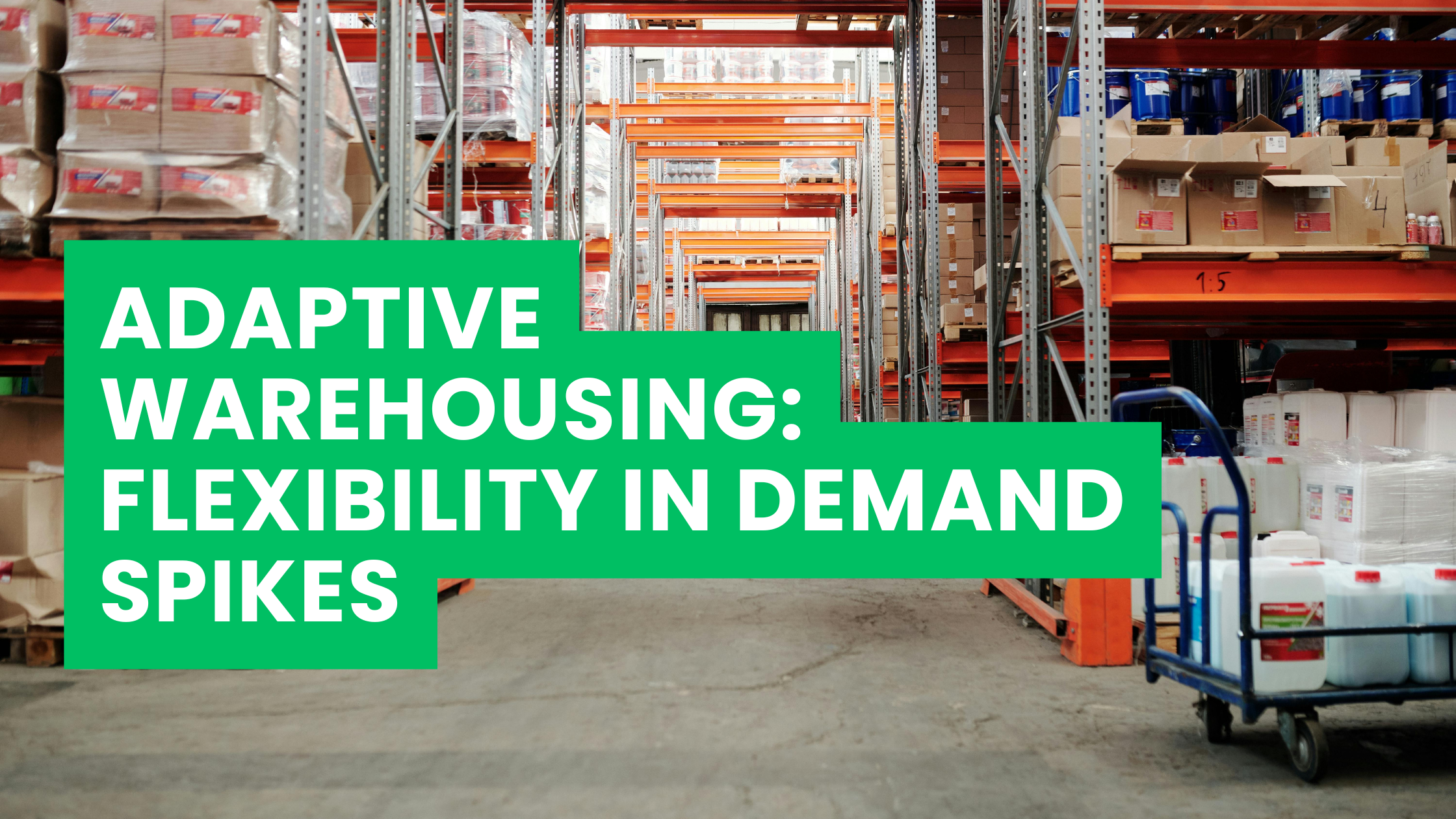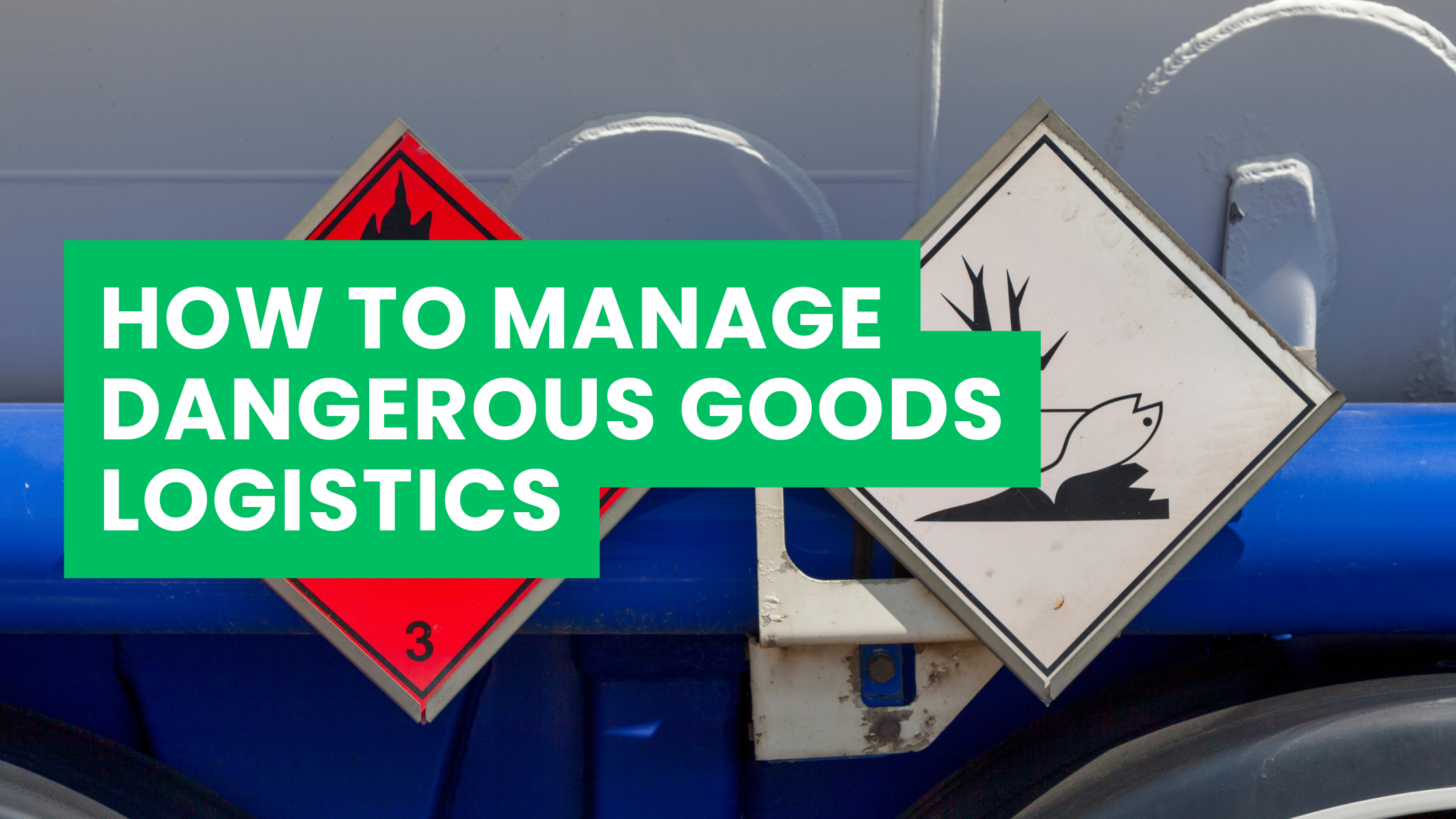How ASL International Leverages Data to Unlock Efficiency in the Skies
In today’s fast-paced global trade environment, businesses are under increasing pressure to reduce logistics costs while maintaining delivery speed and reliability. Air freight remains the fastest mode of international shipping — but also one of the most expensive. Rising fuel costs, volatile demand, capacity constraints, and global disruptions have made cost optimization a top priority for supply chain managers.
This is where predictive analytics is proving to be a game-changer. By leveraging data science, machine learning, and historical patterns, companies like ASL International are empowering clients to reduce air freight costs, enhance visibility, and increase forecasting accuracy — all while improving service quality.
The High Cost of Air Freight
Air freight is essential for industries dealing with time-sensitive, high-value, or perishable goods. However, it comes at a price:
- Fuel surcharges and fluctuating rates
- High dimensional weight pricing
- Limited cargo space availability
- Costly delays due to customs or weather
Traditionally, air freight pricing has been reactive — based on spot rates, capacity crunches, or last-minute bookings. But predictive analytics changes the game by enabling proactive cost control and smarter decision-making.
What Is Predictive Analytics in Logistics?
Predictive analytics refers to the use of statistical algorithms, historical data, and machine learning models to forecast future outcomes. In the logistics sector, predictive analytics can be used to anticipate:
- Demand fluctuations
- Transit delays
- Price surges
- Capacity constraints
- Risk of disruption
By identifying these factors early, supply chain professionals can plan better, book smarter, and avoid costly surprises.
How Predictive Analytics Reduces Air Freight Costs
At ASL International, predictive analytics is integrated across the air freight planning and execution cycle. Here’s how it helps reduce costs:
1. Demand Forecasting
Understanding future demand enables better load planning and consolidation. ASL International uses predictive models to:
- Analyze past shipment data
- Track seasonality and market trends
- Forecast shipping volumes for clients
This allows companies to pre-book capacity at more favorable rates and avoid last-minute surcharges.
2. Dynamic Pricing Analysis
Air freight rates fluctuate daily. Predictive tools track and forecast pricing trends across carriers, trade lanes, and markets. ASL’s analytics engine helps clients:
- Choose optimal shipping windows
- Avoid peak rate periods
- Lock in rates at the right time
This leads to significant cost avoidance on high-traffic routes.
3. Optimized Routing and Carrier Selection
Predictive analytics assesses historical performance, transit times, and risk factors for different routes and carriers. This enables:
- Choosing the most reliable and cost-effective carriers
- Avoiding congested or high-risk airports
- Reducing chances of delays or missed connections
4. Proactive Exception Management
Machine learning algorithms detect patterns that lead to delays — such as weather events, customs bottlenecks, or aircraft issues. Predictive alerts allow ASL and its clients to:
- Reroute shipments in real-time
- Communicate proactively with stakeholders
- Avoid penalties due to late delivery
5. Inventory and Lead Time Optimization
By aligning air freight forecasts with inventory planning, companies can:
- Reduce buffer stock
- Minimize expedited shipments
- Align procurement with actual transit times
This balance helps reduce emergency air freight costs caused by supply chain inefficiencies.
Case Study: Saving Costs in Consumer Electronics
A global consumer electronics company partnered with ASL International to optimize its air freight operations from China to Europe. They faced high costs due to:
- Inaccurate forecasting
- Emergency shipments
- Price spikes during peak season
Using ASL’s predictive analytics engine:
- Demand forecasting accuracy improved by 28%
- Booking lead time increased from 2 days to 9 days
- Peak season costs were reduced by 18% year-over-year
This led to a net annual saving of over $2.4 million in air freight costs.
Key Technologies Behind Predictive Analytics at ASL International
To deliver such results, ASL International combines advanced technologies and data partnerships:
1. AI & Machine Learning
ML models are trained on millions of shipment records to identify patterns in delays, rate changes, and exceptions.
2. Big Data Integration
ASL integrates data from multiple sources:
- Freight forwarding systems
- Carrier APIs
- Market rate indexes
- Weather and customs data
- IoT sensors from cargo
3. Real-Time Dashboards
Clients have access to dynamic dashboards showing:
- Rate forecasts
- Delay probabilities
- Cost optimization opportunities
4. Digital Twin Technology
ASL simulates “what-if” scenarios by modeling entire air freight lanes. This helps test the cost impact of different planning decisions — before making them.
Benefits Beyond Cost Savings
While cost reduction is the primary goal, predictive analytics brings added advantages to ASL clients:
- Better planning accuracy: Reduces reliance on reactive logistics
- Improved customer satisfaction: Faster and more reliable deliveries
- Sustainability: Lower emissions by avoiding unnecessary air shipments
- Data-driven decision making: Empowers procurement and logistics teams
Challenges in Implementing Predictive Analytics
Despite the benefits, implementation requires overcoming certain challenges:
1. Data Quality
Poor data input leads to unreliable predictions. ASL emphasizes data standardization, cleansing, and validation.
2. Change Management
Teams must adapt from reactive shipping to a forecast-based mindset. ASL offers training and change management support.
3. Technology Integration
Predictive systems need to integrate with ERPs, TMS platforms, and external data sources. ASL ensures seamless API connectivity and customized dashboards.
The Future of Air Freight is Predictive
As the logistics industry continues to digitize, predictive analytics will become standard in managing air freight. Future innovations will include:
- Autonomous booking engines
- AI-powered disruption recovery
- Carbon emission forecasting
- Blockchain-based predictive audits
ASL International is investing in R&D, AI partnerships, and global data ecosystems to stay ahead of this curve and deliver continuous value to its clients.
Final Thoughts: A Competitive Edge in the Skies
Air freight will always carry a premium price — but it doesn’t have to be unpredictable. With predictive analytics, ASL International transforms uncertainty into opportunity, helping clients lower costs, increase agility, and build smarter global supply chains.
As more companies seek resilience and visibility in their logistics, predictive analytics is no longer a luxury — it’s a necessity.
Ready to Predict and Save?
Whether you’re shipping servers, electronics, perishables, or pharmaceuticals, ASL International can help you reduce air freight costs with predictive planning. Reach out today to explore a data-driven air freight strategy tailored to your business.










